The 2025 Cannondale Topstone Carbon: The king of smooth?
Better tire clearance, a smoother ride, and newly internal storage. Is it enough?
Just a few weeks after the debut of its redesigned SuperX, Cannondale has given the more adventure-minded half of its premium gravel range – the Topstone Carbon – a makeover of its own. Whereas the SuperX is focused on speed, the Topstone Carbon’s more all-purpose personality sees it gain a number of improvements that are primarily meant to boost its capabilities.
There’s more tire clearance, updated frame geometry, more suspension travel and a suppler tune on Lefty-equipped models, built-in storage, and a Universal Rear Derailleur hanger for maximum component compatibility. Most of it is very refreshingly normal.
On nearly all fronts, the Topstone Carbon sounds like it’s better than its predecessor, which was already an impressively smooth-riding machine . But given how much the competition has also matured in the last few years, is it enough of an improvement to stay ahead of a charging field?
A more coddling ride
Cannondale was truly clever when it introduced the first-generation Topstone Carbon’s Kingpin rear end back in 2019, which features a single mechanical pivot at the top of the dropped seatstays. Call it a gimmick if you must, but it works remarkably well. You can think of it like dropped seatstays on steroids. When the rear wheel hits a bump on any bike with dropped seatstays, forces transmitted through the rear end basically want to push the middle of the seat tube forward, while rider weight pushes the top of the seatpost downward. Those forces work to bend the seat tube from a straight line into a rearward-pointing arc like a giant leaf spring.
Kingpin enhances that phenomenon by making it even easier for those opposing forces to induce bending in the seat tube, and since it adds minimal mechanical complexity, claimed weight for a painted 56 cm frame is still very reasonable at 1,100 g.
While the basic layout hasn’t changed on this third-generation Topstone Carbon, Cannondale says the size-specific frame layup has been “refined to deliver an even more compliant and smooth ride across all frame sizes” And while the Kingpin design means the Topstone Carbon isn’t as reliant on seatpost flex as more conventional frames to provide rider comfort, seat tubes have nevertheless been shortened by as much as a couple of centimeters on some sizes if only to provide more standover clearance than before.
For riders that want to push their gravel bikes particularly hard, Cannondale is once again offering the Topstone Carbon with a dedicated version of its single-sided Lefty Oliver suspension fork – though just in a single model for now.
This time around, the Lefty Oliver fork gains 10 mm of travel (it’s now up to 40 mm to go along with the claimed 30 mm of maximum movement out back), a redesigned air spring for improved small-bump sensitivity (presumably through a larger-volume negative chamber), a new bottom-out bumper so the full travel is more usable without feeling like you’ve jumped off of a building, and a little more adjustability.
Unlike most suspension forks, Cannondale still intends for the Lefty Oliver to be run with essentially zero sag, but all of the changes should make for a noticeably smoother, suppler, and more responsive feel to go along with the single-sided structure’s astonishingly good steering precision. Suggested service intervals are twice as long as what’s usually recommended for traditional telescoping forks, too, at a full 100 hours of ride time.
Geometry updates
I’ve always suspected that the Lefty Oliver was a sort of last-minute addition to the original Topstone Carbon range since the frame was never actually designed to accommodate the extra crown-to-axle length (which perhaps also explains why it only had 30 mm of travel, since that would help to reduce the effect on handling). Cannondale has rectified that this time around with a properly suspension-corrected front end across the board that more closely matches the now 40 mm-travel Lefty Oliver (which, together with the standard 1 1/8” tapered steerer, also means easier compatibility with other brands of suspension forks should you choose to go that route instead).
The updated geometry more closely approximates the numbers of the previous-generation Topstone Carbon Lefty, with a few mostly small changes. Cannondale has stuck with its OutFront geometry concept, which combines a relatively slack head tube angle and a generous 55 mm of fork rake to produce a confidence-inspiring longer front center without an overly large trail dimension. Indeed, trail figures are virtually identical to before at a rather quick 67 mm for all but the smallest size, reach has grown by just a handful of millimeters, stack heights are also only slightly modified with a tightened spread across the range, and chainstay length is unchanged at a relatively stubby 420 mm. Seat tube angles have steepened from 72.4° to 73.1° for all sizes, too.
Perhaps the biggest change is the bottom bracket drop, which was unusually high for a gravel bike before, but has now been brought down more than a centimeter in some sizes for a lower center of gravity and a more stable feel. Cannondale has also added a sixth size this time around to better address taller riders.
Even with the added length, the reach dimensions of Cannondale’s OutFront geometry concept are still more traditional than progressive, with a new 54 cm Topstone Carbon measuring a full 27 mm shorter than a medium Santa Cruz Stigmata. Bear in mind, longer doesn’t automatically equate to better for everyone. In fact, in terms of fit, many riders will be better served by a more traditional layout, and not everyone will want the more ultra-stable handling that often comes with those more MTB-inspired geometries.
As always, YMMV, and unless you’re already intimately familiar with what works for you and what doesn’t, a test ride will still be your best bet.
The ayes have it
Perhaps as we all should have expected, Cannondale has traded the partially external routing of the previous-generation Topstone Carbon for fully hidden control line routing that goes through the headset. In fairness to Cannondale, it indeed looks cleaner, it’ll be easier to mount bar bags, and since the lines don’t actually go through the stem or bars, it’ll at least still be easy to swap either one. Notably, none of the Topstone Carbon models are equipped with one-piece integrated cockpits.
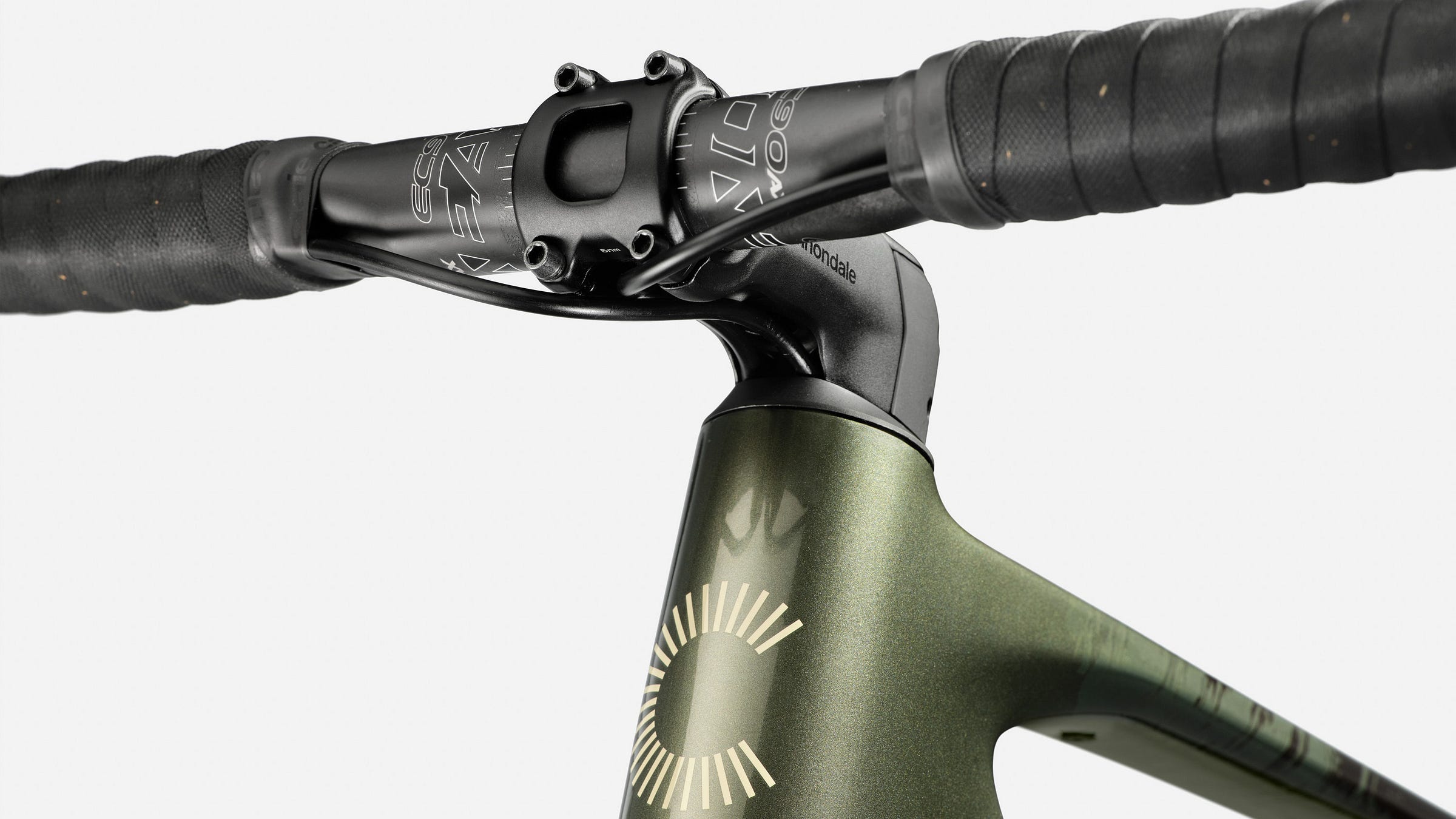
Moreover, since Cannondale has opted for an oversized upper headset assembly and a conventional 1 1/8” round tapered steerer tube instead of the proprietary Delta triangular-profile steerers on the SuperSix Evo and SuperX, the new Topstone Carbon will still accept standard 1 1/8” stems.
“[We’ve seen] really low maintenance issues [with headset cable routing],” said Cannondale global gravel product manager (and former pro racer) Nina Baum. “The system is really well sealed. At the end of the day, it’s what riders are asking for.”
Cannondale has also maintained compatibility with both electronic and mechanical drivetrains, though I would expect performance on the latter will be somewhat degraded (or at least trickier to properly tune) given the more convoluted housing path.
How’s that story go about Sisyphus again?
Haul your gear
As you’d hope, Cannondale has made it pretty easy to carry a fair bit of stuff on a Topstone Carbon. As before, there are three water bottle mounts (two inside the main triangle and one underneath the down tube), a top tube feed bag mount, and three-pack cargo mounts on each fork blade (for bikes with the rigid carbon fork, at least). Fender mounts are included front and rear once again, too.
New this time around is internal storage inside the down tube with a removable hatch underneath the bottle mount. Included is a dedicated zippered bag big enough for the usual repair essentials (CO2 cartridges and inflator head, multi-tool, tire levers, and spare inner tube), though I can’t confirm if you have to use a particularly compact inner tube like the TPU one Cannondale uses in the marketing images, or how much usable space is there overall.
Generally speaking, though, I’m less enthralled with built-in storage on gravel bikes than I am on mountain bikes since the former are often somewhat limited in terms of utility given the typically smaller tube diameter. Is it still nice to have? Absolutely. Just be realistic about how much you think you’ll be able to fit in there.
Wherever you decide to put it all, Cannondale says the total allowable weight of the Topstone Carbon (including the rider, bike, and all gear) is 150 kg (330 lb).
It’s still all about the tires
The previous-generation Topstone Carbon had pretty good tire clearance, with Cannondale saying it could officially accept knobbies up to 700x45 mm. Thankfully, the new one is rated for 700x52 mm tires out back and 56 mm ones up front on bikes with the rigid fork. But just as on the SuperX, those numbers are a little misleading.
Cannondale again landed on those figures using the 4 mm of minimum space more typically used for road bikes instead of the 6 mm standard used by most other brands. As such, the apples-to-apples clearance is more like 700x48 mm out back and 700x52 mm up. Even more confusing, Cannondale says tire clearance on the Lefty Oliver fork is height-limited to 700x47 mm – with 6 mm of minimum space, not 4 mm.
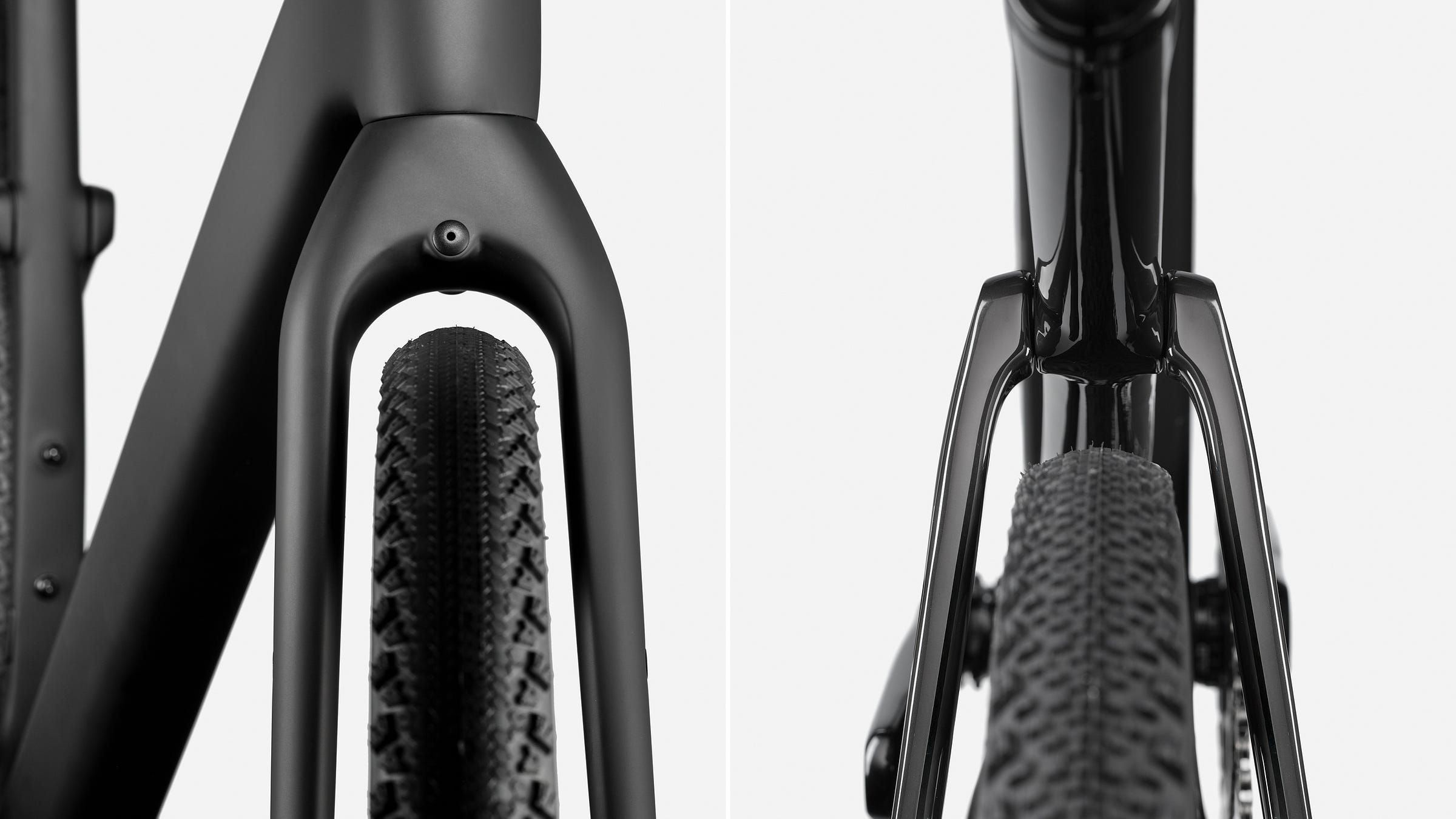
That makes the clearance figures for the rigid bike 4-5 mm more than the SuperX, but still not quite groundbreaking when bikes like the Santa Cruz Stigmata and Enve MOG will easily take 50s at both ends.
There are some things to consider before completely writing these figures off as a failure, though.
Cannondale contends that, “you don’t need as much tire volume with a suspension fork,” and indeed, my own experience supports the notion that you can often get away with a smaller and lighter tire when running suspension than you could otherwise. But while I agree that having a proper suspension fork lessens the need for bigger tires on rougher terrain, riders who opt for suspension often want all the squish they can get – as in, the biggest tires they can possible run and suspension, and on paper, the new Topstone Carbon might not cut it.
But that said, my hunch is that a 700x48/47 mm combo with 30 mm of rear and 40 mm of front suspension will more than suffice for all but the most demanding underbiking situations. Regardless, all complete bikes will be outfitted with 45 mm-wide rubber.
Models, pricing, and availability
Cannondale will have six different complete Topstone Carbon models available at launch, all built with the same frame.
The flagship Topstone Carbon LTD Di2 will come with a Shimano GRX Di2 2x12 wiredless electronic groupset and Reserve 40/44 GR Carbon rims built on DT Swiss 240 hubs. Claimed weight for a 56 cm sample without pedals is 8.9 kg (19.6 lb), and retail price is US$7,300 / €7,500.
The Topstone Carbon 1 Lefty AXS is the sole fully suspended model, outfitted with a SRAM Rival AXS/GX Eagle Transmission wireless “mullet” groupset and Reserve 40/44 GR Carbon rims built on Cannondale house-brand hubs. Claimed weight is 9.8 kg (21.7 lb), and retail price is US$6,400 / €6,900.
The Topstone Carbon 2 AXS 1x features a SRAM Apex AXS/GX Eagle Transmission “mullet” groupset and WTB KOM Team i25 TCS aluminum wheels built on Formula hubs. Claimed weight is 9.9 kg (22.0 lb), and retail price is US$4,300 / €4,300.
The Topstone Carbon 2 GRX 2x is the nicest model offered with a mechanical setup, built with a Shimano GRX 820 2x12 groupset and WTB KOM i25 TCS aluminum rims on Shimano TC500 hubs. Claimed weight is also 9.9 kg (22.0 lb), and retail price is US$4,000 / €4,000.
The Topstone Carbon 3 GRX 1x goes with a mechanical mullet build, featuring a Shimano GRX/SLX 12-speed mix and WTB KOM i25 TCS aluminum rims on Shimano TC500 hubs. Claimed weight is 10.3 kg (22.7 lb), and retail price is US$3,400 / €3,300.
Finally, there’s the Topstone Carbon 3 GRX 2x with a Shimano GRX 820/610 2x12 hybrid groupset, and WTB ST i25 TCS rims on Shimano TC500 hubs. Claimed weight is 10.2 kg (22.4 lb), and retail price is also US$3,400 / €3,300.
Retail pricing in other currencies is TBC, as is bare frameset availability.
And the verdict is… TBD
Remember how I said at the beginning of this article that I haven’t ridden one of these yet?
Between the SuperX and this Topstone Carbon, I’m more inclined to bring in the latter for a review than the former, as my hunch is that’ll be the bike more everyday riders will actually be interested in riding. Moreover, I reviewed a first-generation Topstone Carbon and a Topstone Carbon Lefty shortly after they were released, and I’m quite curious what the changes will feel like.
So, with all of this said, should I request a sample for review?





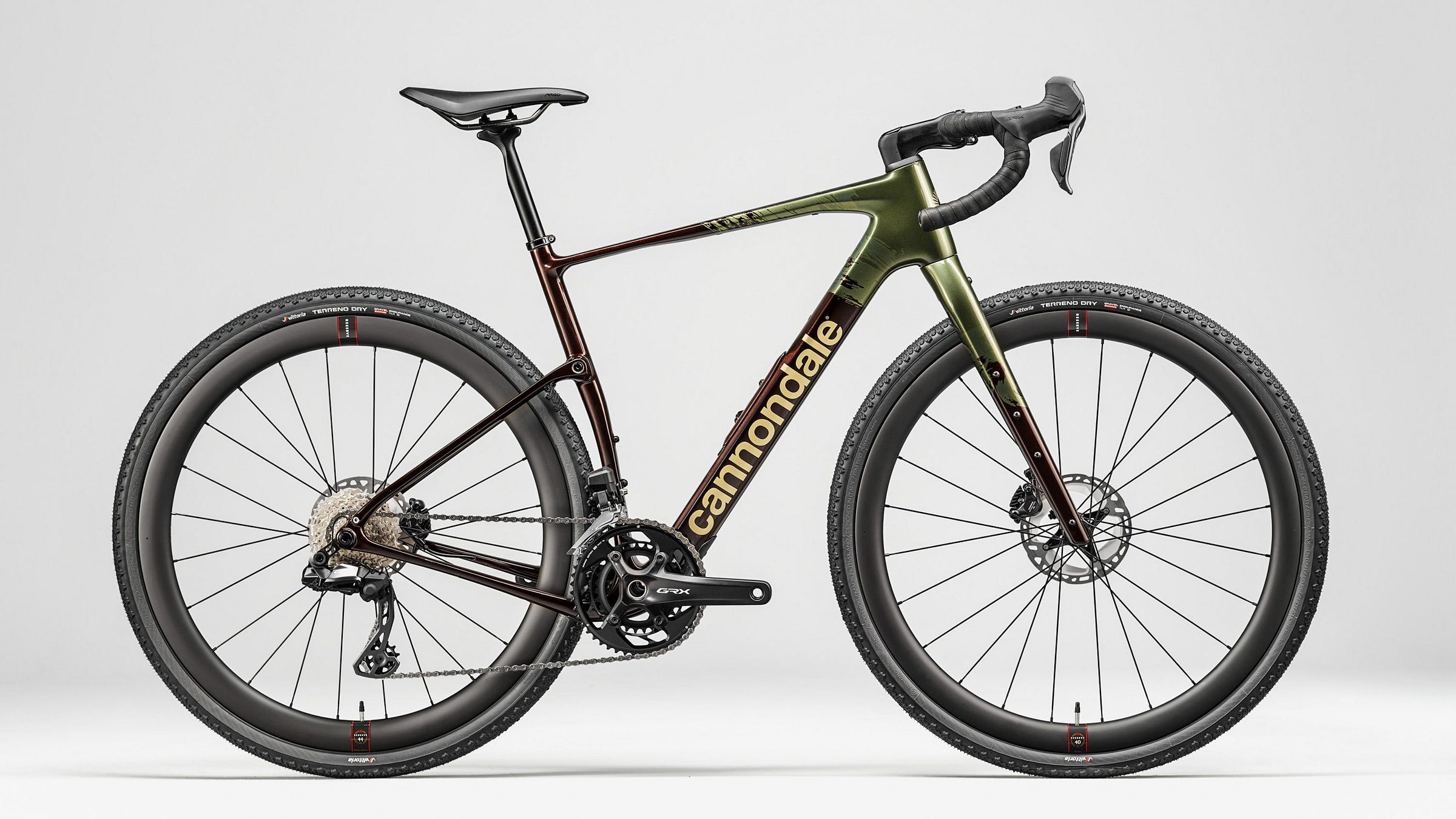
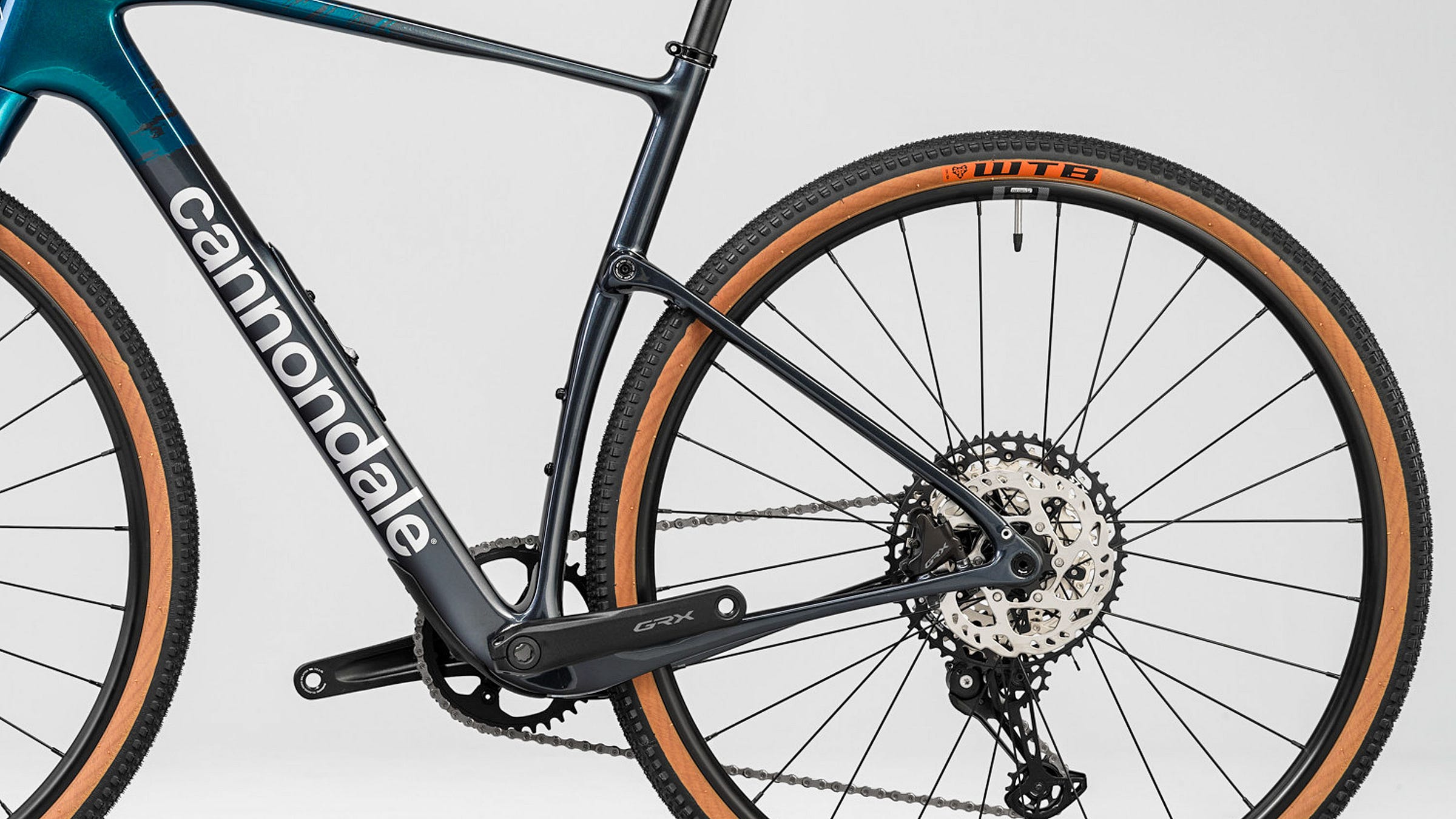
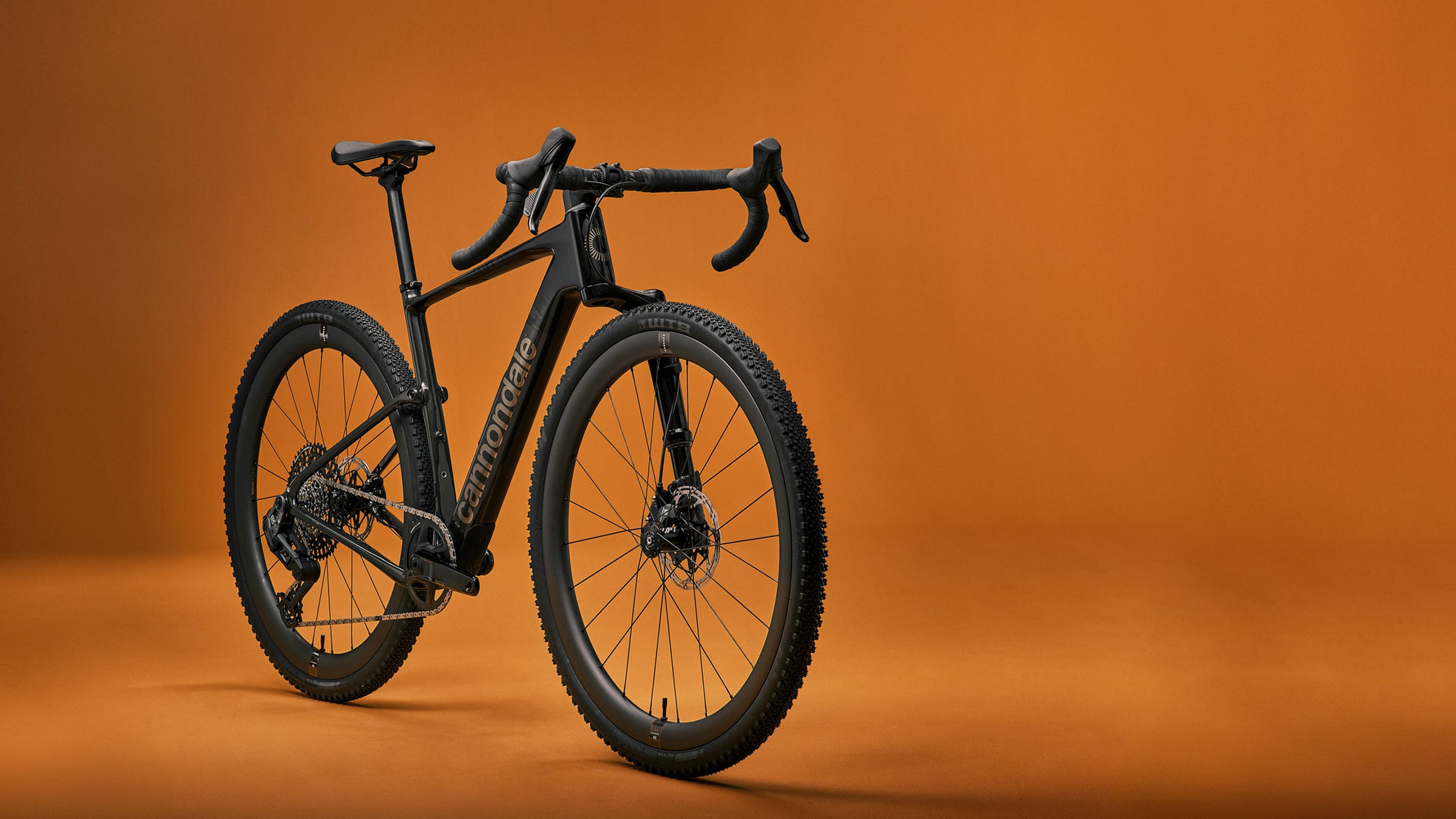

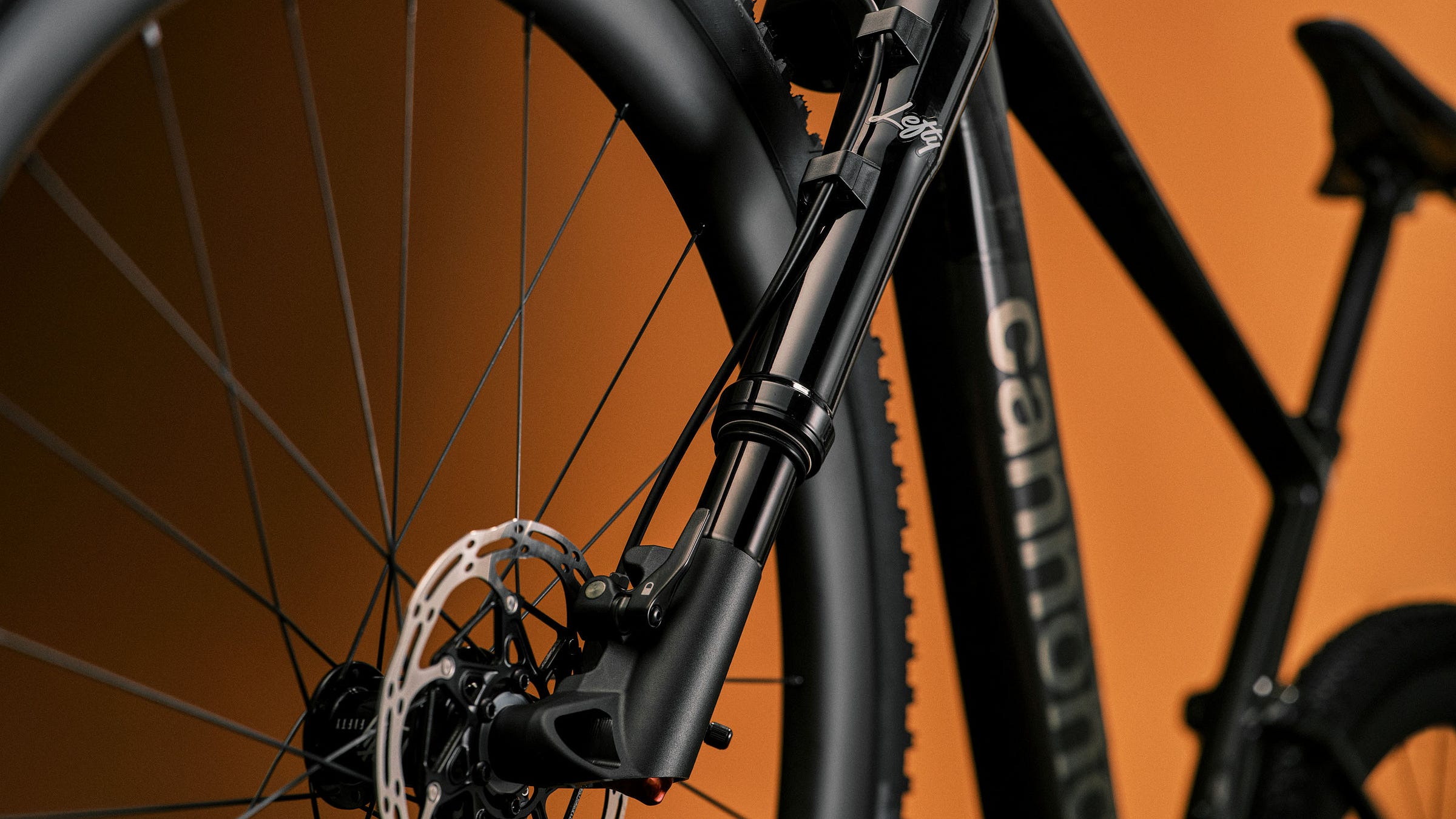
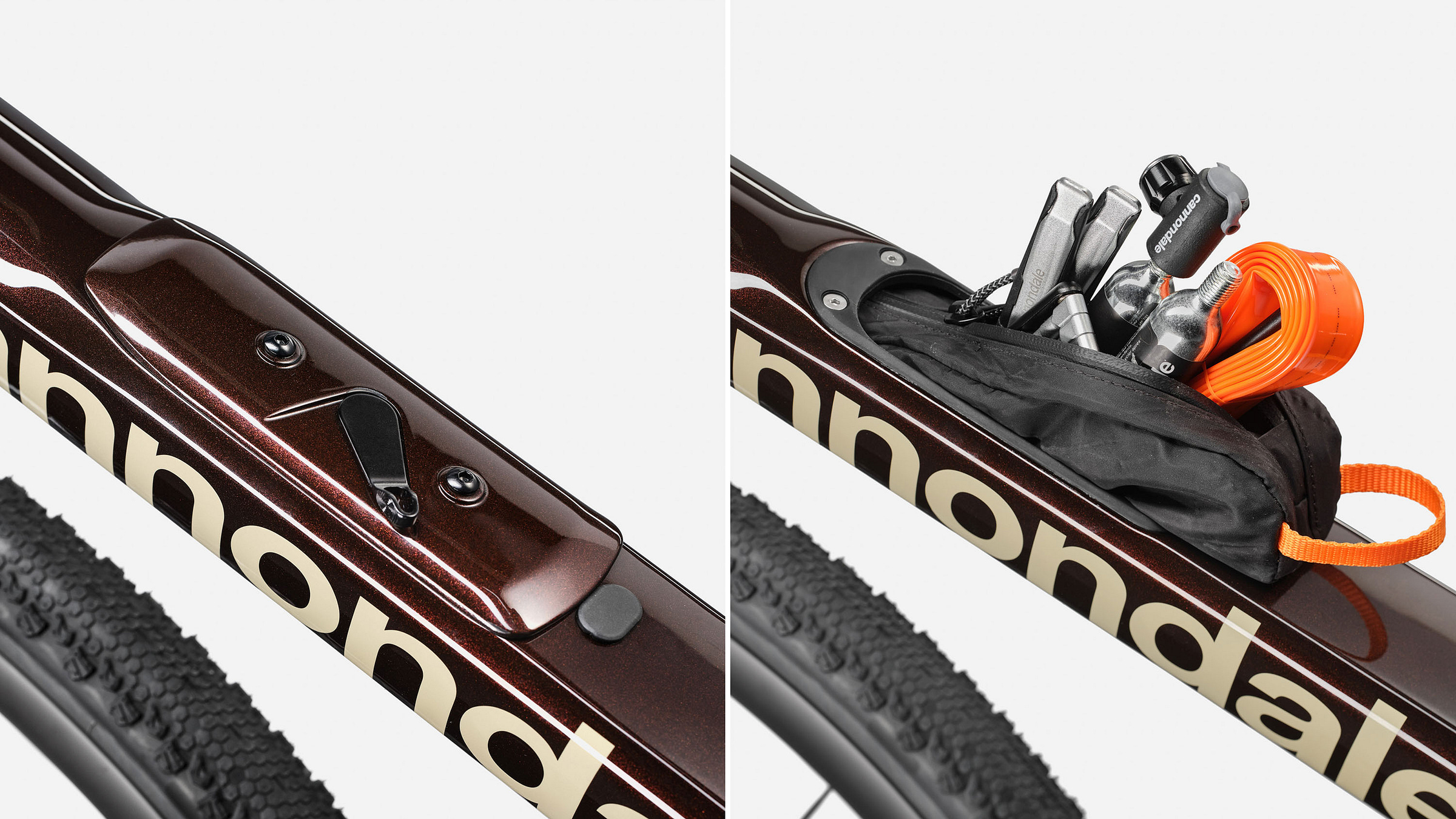
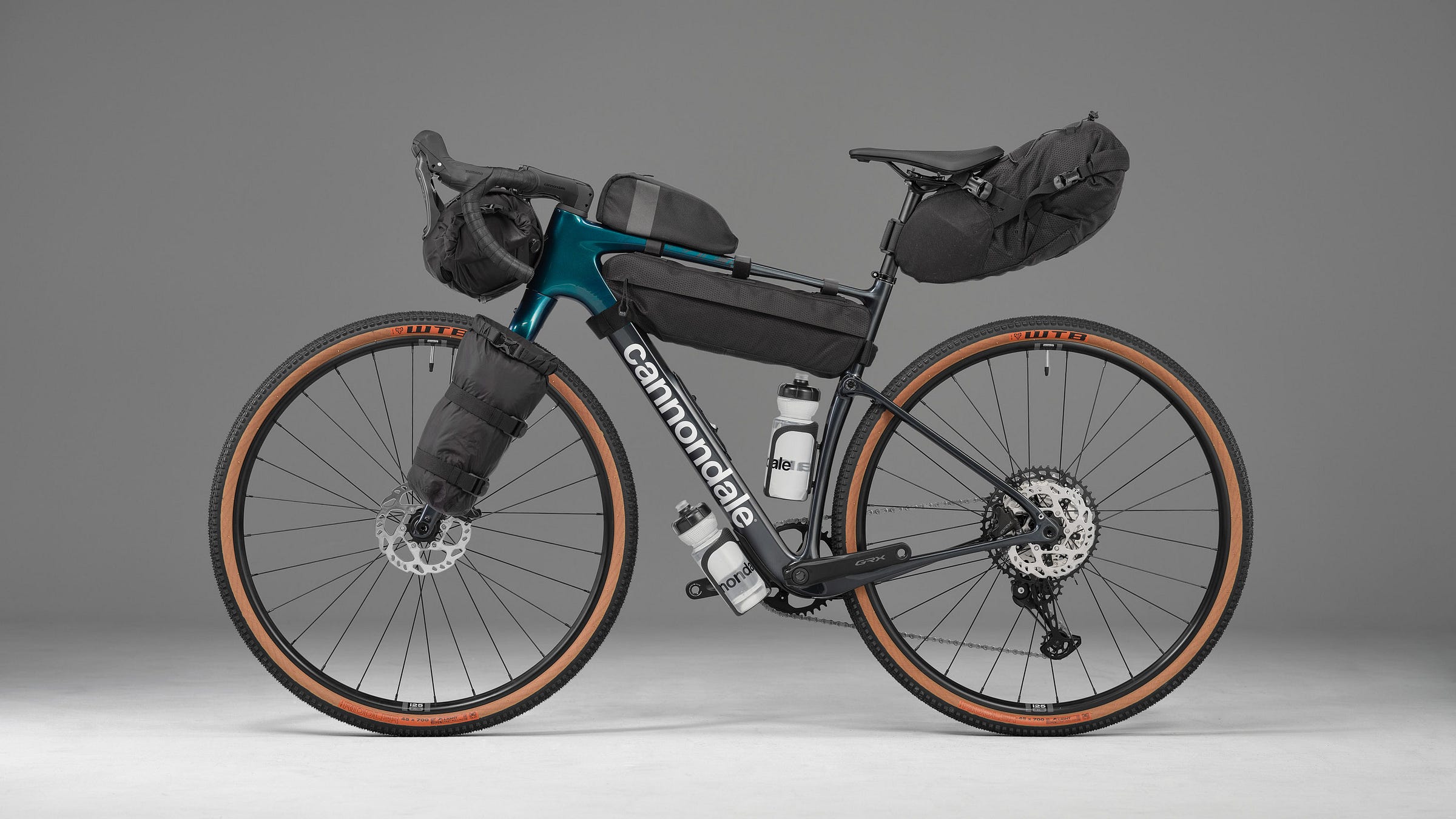
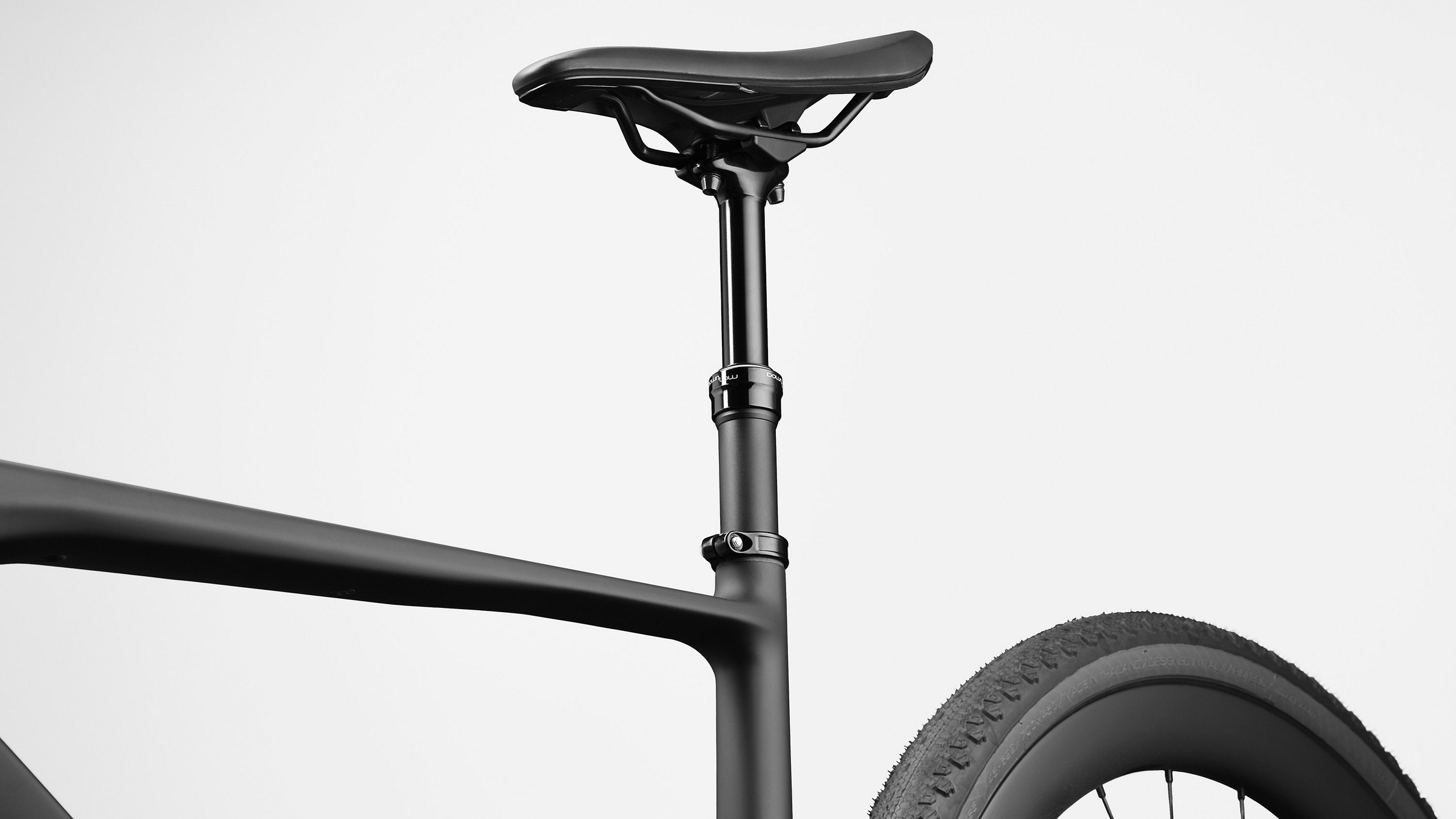
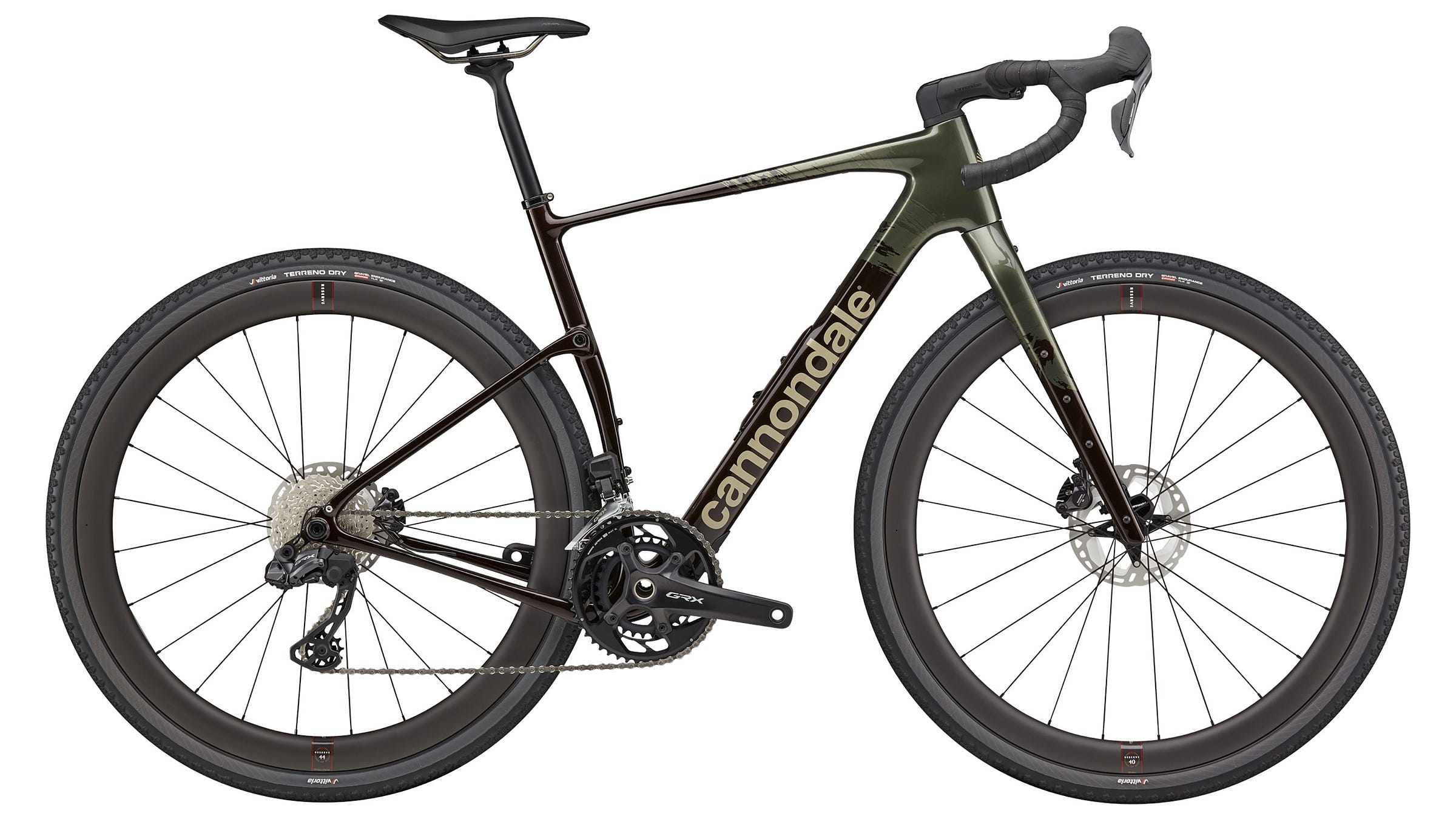

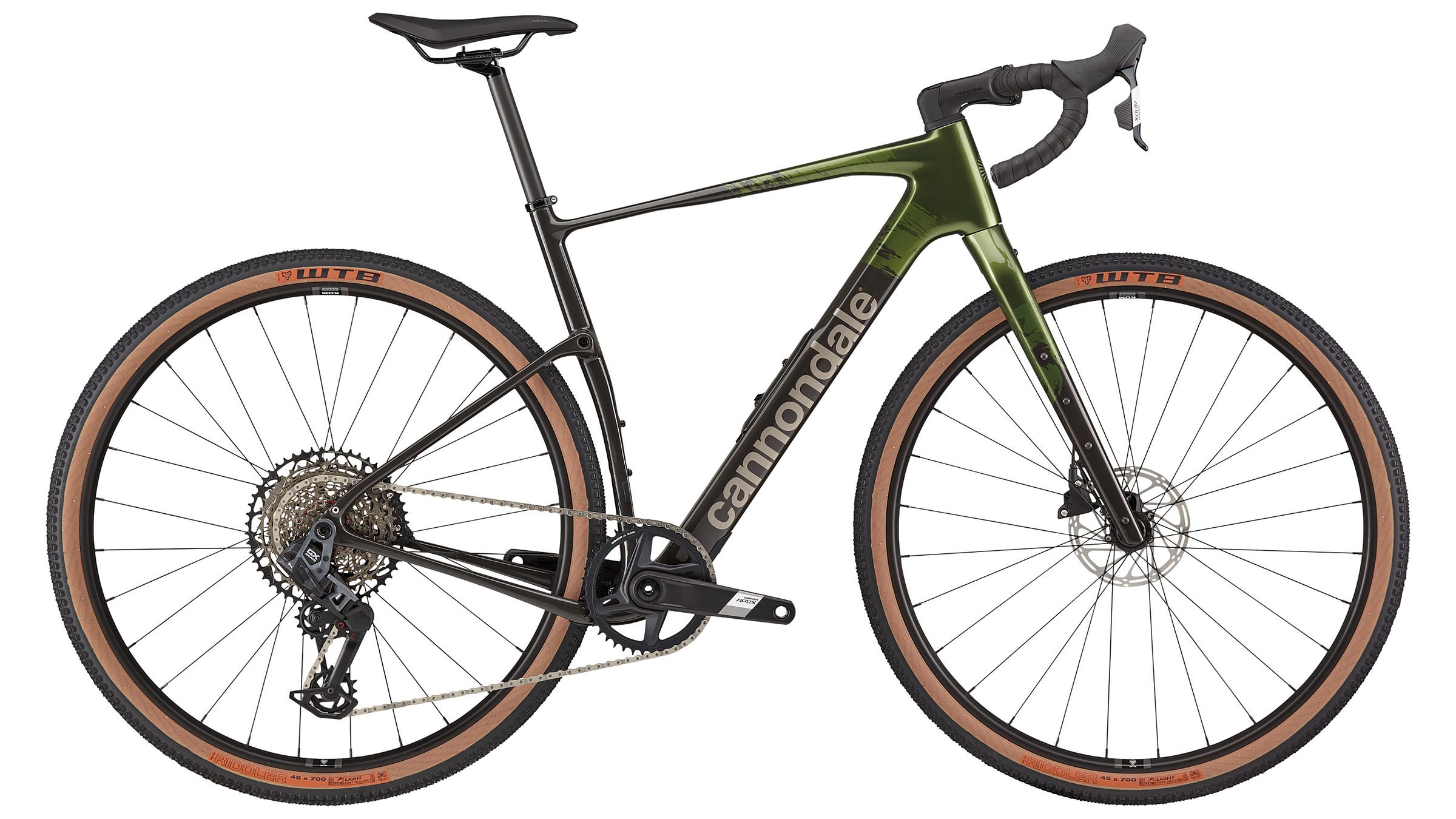
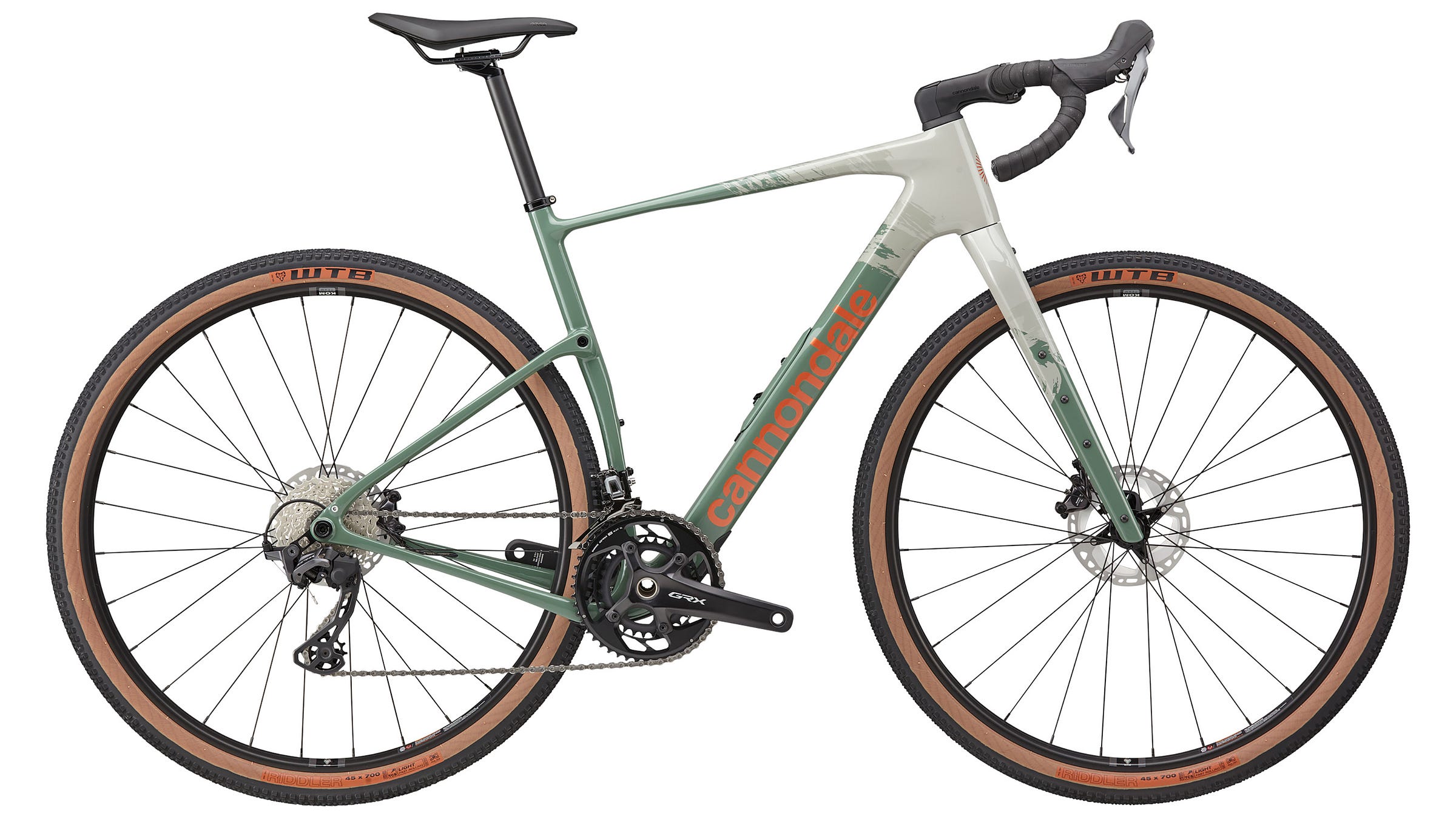
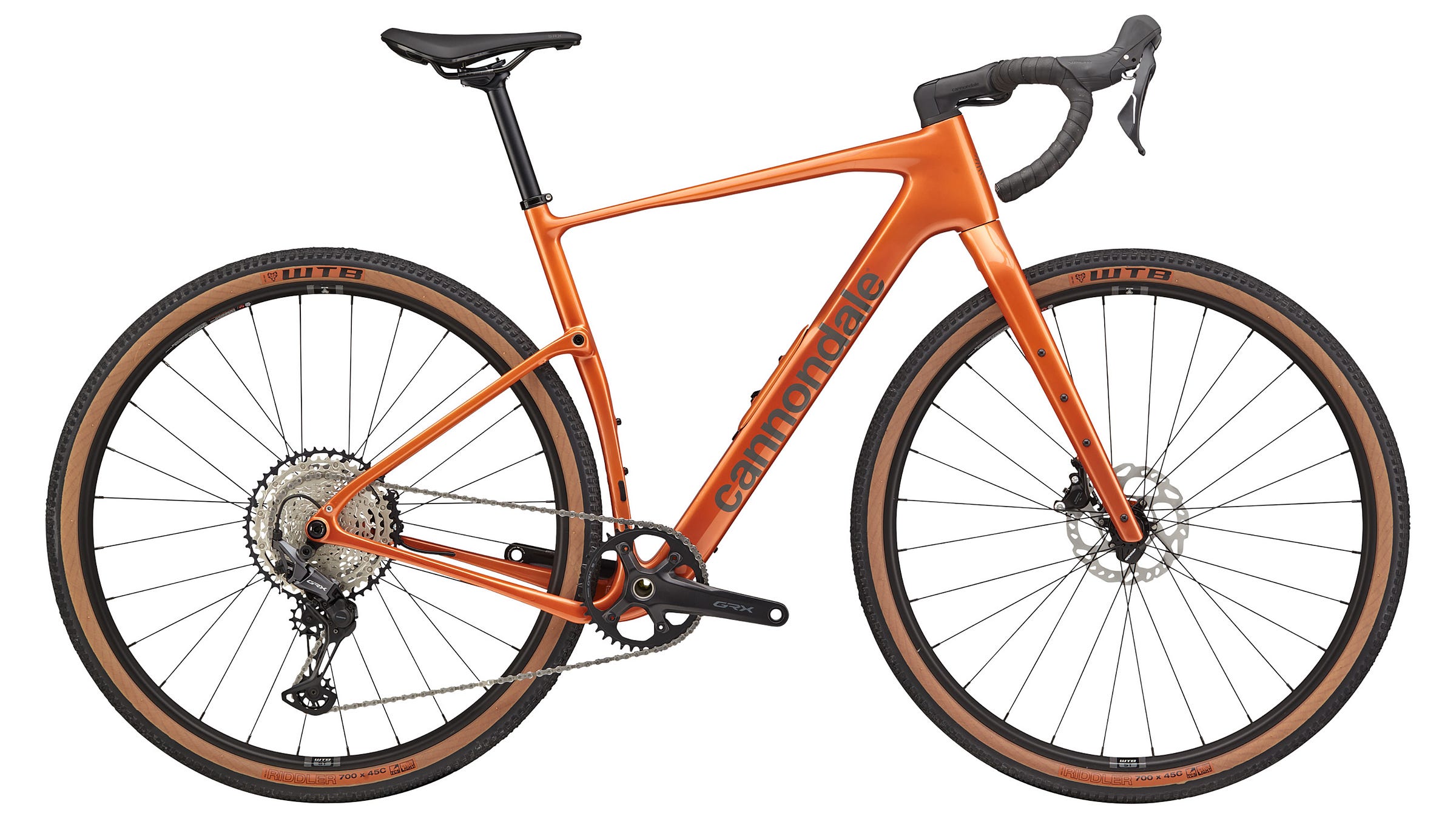
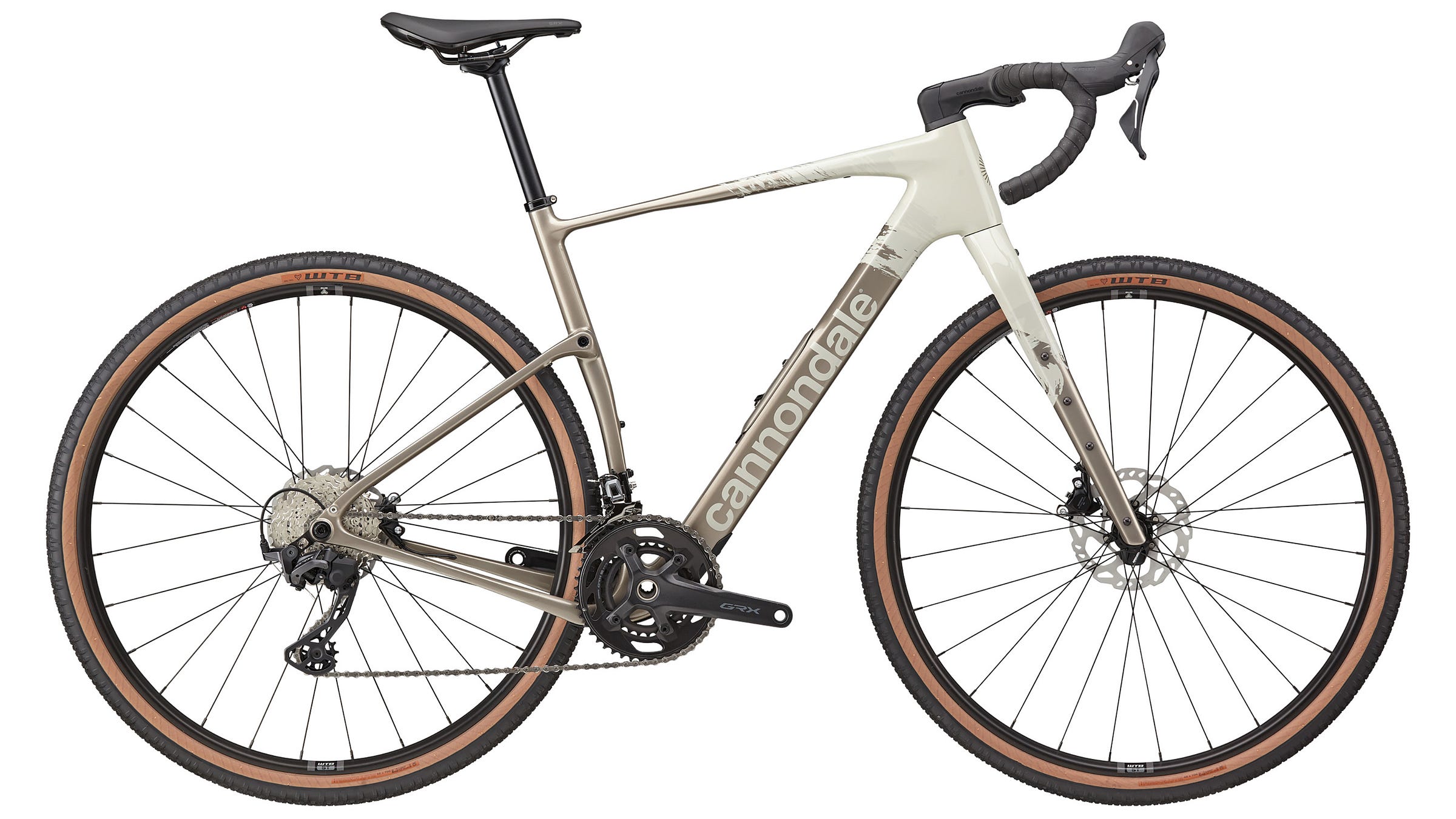
James, I'd be curious to hear how you personally feel about the decision to keep the top tube shorter than the more 'progressive' gravel bikes like the Stigmata that you refer to. If you end up reviewing the Topstone, could you expand on that specific detail and the pros/cons of long vs short top tubes?
These larger MTB tires are more about better rolling resistance than suspension. I’d argue they should have ignored a suspension fork on gone for full 2.2 clearance.